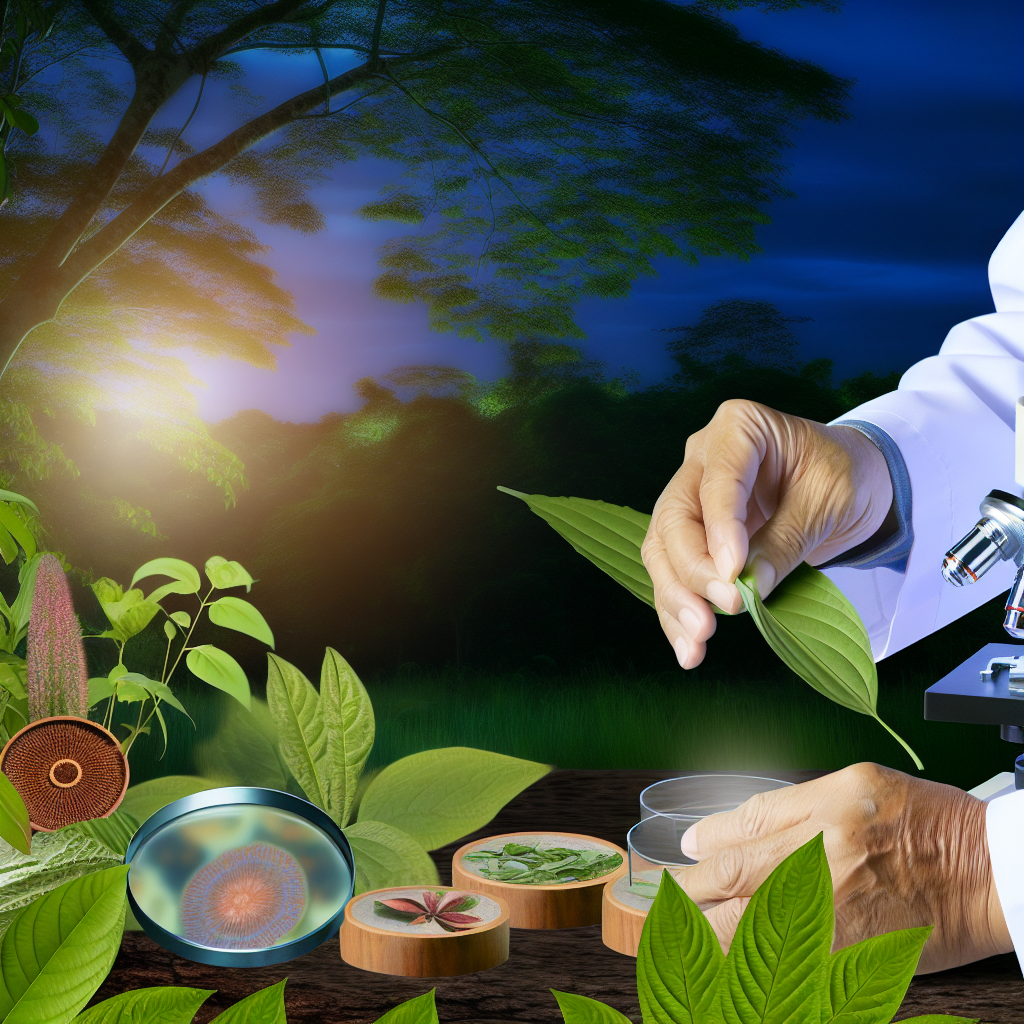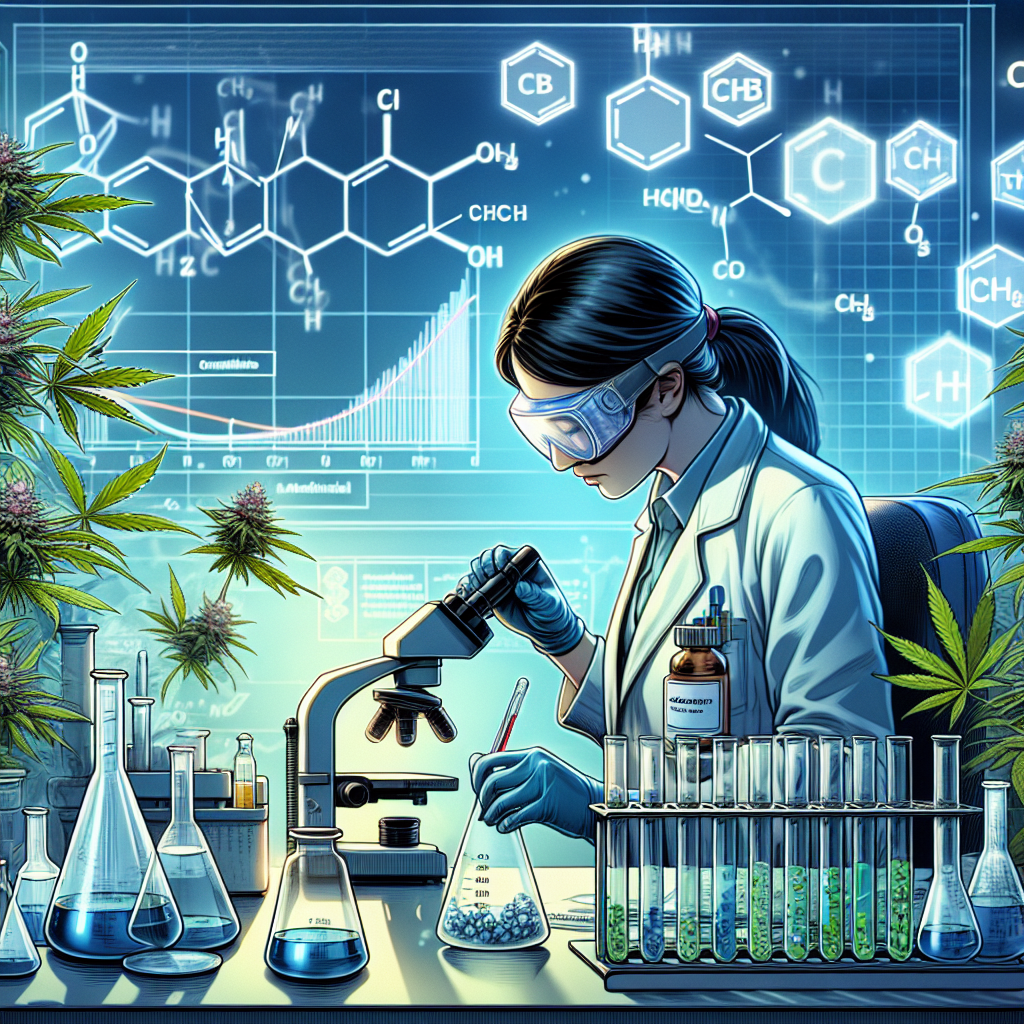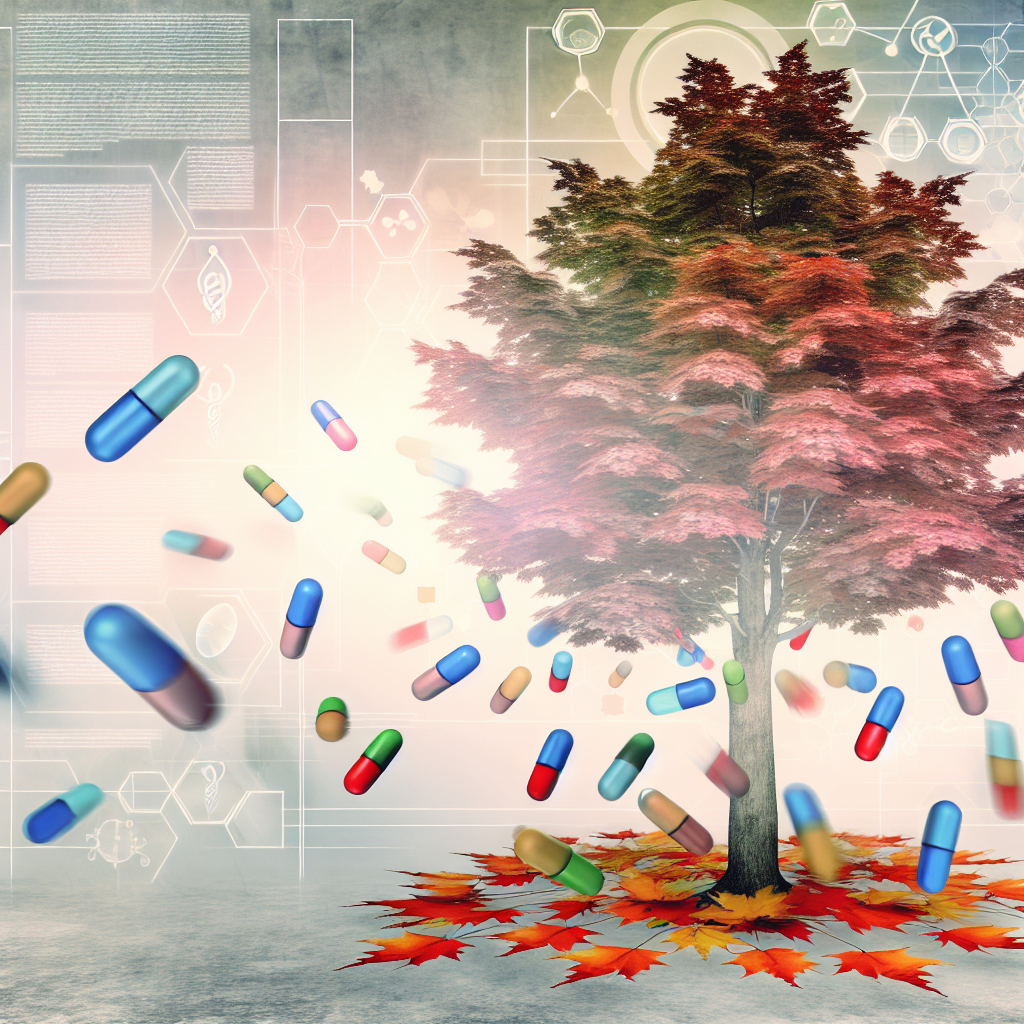Sacred Plant Medicine: Scientific Analysis
Introduction
For thousands of years, cultures across the globe have turned to sacred plant medicine for healing, spiritual guidance, and overall well-being. From the Amazon rainforest to the mountains of Tibet, indigenous and traditional healers have used plants such as ayahuasca, psilocybin mushrooms, ashwagandha, and turmeric to treat ailments, enhance mental clarity, and connect with higher consciousness. These plants have played integral roles in rituals, spiritual practices, and alternative healing therapies, with generations of accumulated wisdom validating their effectiveness.
In today’s modern world, the scientific community has begun taking interest in these ancient medicines, seeking to understand the biological mechanisms behind their therapeutic effects. Pharmacologists, neuroscientists, and medical researchers are now analyzing the active compounds within sacred plants, uncovering their potential to treat mental health disorders, chronic illnesses, and even neurodegenerative diseases. This shift towards evidence-based validation of plant-based medicine bridges the gap between tradition and science, providing a new level of credibility to the plant medicine that has been revered for centuries.
One of the most remarkable revelations of sacred plant medicine is its potential for mental health treatment. Recent studies on psilocybin, a psychoactive compound in certain mushrooms, have shown significant promise in reducing symptoms of depression, PTSD, and anxiety. Similarly, ayahuasca, a traditional Amazonian brew, has been found to promote neuroplasticity and emotional healing. Traditional herbal remedies such as ashwagandha and turmeric have been extensively studied for their ability to reduce inflammation, boost immunity, and alleviate stress-related disorders. These discoveries highlight the diverse potential of sacred plants and their ability to address both physical and psychological conditions.
Despite the growing body of research, challenges remain in integrating these natural treatments into mainstream medicine. Issues surrounding legality, standardization of dosages, and the need for further clinical trials continue to be subjects of discussion among researchers and policymakers. However, as acceptance of alternative and holistic health treatments gains ground, sacred plant medicine is positioned to revolutionize modern healthcare.
This article delves into the science behind sacred plant medicine, examining key studies, biological mechanisms, and the transformative health benefits these plants offer. Through a scientific lens, we explore why these ancient remedies are still relevant today and how modern research is reshaping our approach to natural healing.
Scientific Studies on Sacred Plant Medicine
Scientific inquiry into sacred plant medicine has revealed compelling evidence supporting their medicinal and psychological benefits. Several well-respected institutions and researchers have studied the chemical compounds and effects of plant-based treatments. Below are some key findings from medical and professional studies:
Psilocybin Mushrooms: A Breakthrough for Mental Health
Research conducted at Johns Hopkins University has demonstrated the remarkable therapeutic potential of psilocybin, the psychoactive compound found in magic mushrooms. A 2020 study published in *JAMA Psychiatry* found that psilocybin-assisted therapy significantly reduced symptoms of major depressive disorder (MDD) in participants ([Davis et al., 2020](https://jamanetwork.com/journals/jamapsychiatry/fullarticle/2772630)). This study adds to previous research showing psilocybin’s efficacy in treating anxiety and depression in cancer patients ([Griffiths et al., 2016](https://journals.sagepub.com/doi/10.1177/0269881116675513)).
Neuroscientists suggest that psilocybin promotes neuroplasticity by stimulating serotonin receptors in the brain, leading to increased connectivity between neural pathways. This effect may help individuals process trauma, reduce symptoms of PTSD, and break free from rigid thought patterns associated with depression.
Ayahuasca: The Amazonian Brew for Emotional Healing
Ayahuasca, a plant-based brew containing the psychoactive compound DMT (dimethyltryptamine), has gained recognition for its therapeutic effects. A 2019 study published in *Scientific Reports* found that ayahuasca consumption was associated with reduced suicidal ideation and enhanced emotional processing ([Palhano-Fontes et al., 2019](https://www.nature.com/articles/s41598-019-45860-6)). Another study in *Frontiers in Psychiatry* highlighted ayahuasca’s potential to facilitate long-term reductions in PTSD symptoms ([Domínguez-Clavé et al., 2019](https://www.frontiersin.org/articles/10.3389/fpsyt.2019.00339/full)).
Researchers believe that ayahuasca’s combination of DMT and monoamine oxidase inhibitors (MAOIs) activates deep emotional healing by creating profound introspective experiences. Moreover, ayahuasca’s impact on neurochemistry suggests its potential as an alternative treatment for resistant depression and trauma-related disorders.
Ashwagandha: The Ancient Herb for Stress and Anxiety
Widely used in Ayurvedic medicine, ashwagandha (Withania somnifera) is an adaptogenic herb known for its stress-reducing properties. A 2019 randomized, placebo-controlled study published in *Medicine (Baltimore)* found that ashwagandha significantly reduced cortisol levels and alleviated stress and anxiety in participants ([Lopresti et al., 2019](https://www.ncbi.nlm.nih.gov/pmc/articles/PMC6571560/)).
Ashwagandha’s efficacy is attributed to its ability to regulate the hypothalamic-pituitary-adrenal (HPA) axis, which plays a vital role in the body’s response to stress. By balancing cortisol levels, ashwagandha enhances mental resilience and helps mitigate the impact of chronic stress on overall health.
Turmeric: Nature’s Anti-Inflammatory Powerhouse
Curcumin, the active compound in turmeric (Curcuma longa), has been widely studied for its anti-inflammatory and antioxidant properties. A meta-analysis published in *Critical Reviews in Food Science and Nutrition* reported that curcumin supplementation significantly reduced markers of inflammation and exhibited neuroprotective effects ([Hewlings & Kalman, 2017](https://www.tandfonline.com/doi/full/10.1080/10408398.2017.1369380)). These findings support turmeric’s role in mitigating inflammatory conditions, including arthritis, metabolic syndrome, and neurodegenerative diseases.
Neuroscientific research has also suggested that curcumin could enhance cognitive function and reduce the risk of Alzheimer’s disease by inhibiting the accumulation of amyloid plaques in the brain. This evidence highlights turmeric’s potential as a natural remedy for maintaining cognitive health and preventing age-related neurological decline.
Conclusion: A New Era for Sacred Plant Medicine
Sacred plant medicine has emerged from the shadows of traditional healing into the forefront of scientific research. As studies continue to validate the therapeutic benefits of plants like psilocybin mushrooms, ayahuasca, ashwagandha, and turmeric, society is gradually reclaiming the wisdom of ancient remedies. These natural substances offer promising alternatives for treating mental health disorders, chronic inflammation, and stress-related conditions.
Despite challenges such as regulatory restrictions and the need for further clinical trials, the resurgence of interest in plant-based healing represents a paradigm shift in medicine. Modern scientific advancements allow us to understand the biochemical interactions between these plants and the human body, reinforcing the credibility of ancient knowledge.
As researchers uncover the full potential of sacred plant medicine, we may witness a transformation in healthcare—one that embraces nature’s pharmacy alongside conventional medicine. By integrating science with tradition, these powerful plant-based therapies could unlock new possibilities for holistic healing and well-being in the years to come.
**Summary:**
Sacred plant medicine, such as ayahuasca, psilocybin mushrooms, ashwagandha, and turmeric, have been used for centuries by traditional healers for their therapeutic benefits. Modern scientific research is now validating the efficacy of these natural remedies, revealing their potential to treat mental health disorders, chronic inflammation, and stress-related conditions. Despite regulatory challenges, the integration of ancient wisdom and modern science is positioning sacred plant medicine to revolutionize healthcare and unlock new avenues for holistic healing.
**References:**
– [Davis et al., 2020](https://jamanetwork.com/journals/jamapsychiatry/fullarticle/2772630)
– [Griffiths et al., 2016](https://journals.sagepub.com/doi/10.1177/0269881116675513)
– [Palhano-Fontes et al., 2019](https://www.nature.com/articles/s41598-019-45860-6)
– [Lopresti et al., 2019](https://www.ncbi.nlm.nih.gov/pmc/articles/PMC6571560/)
– [Hewlings & Kalman, 2017](https://www.tandfonline.com/doi/full/10.1080/10408398.2017.1369380)

Dominic E. is a passionate filmmaker navigating the exciting intersection of art and science. By day, he delves into the complexities of the human body as a full-time medical writer, meticulously translating intricate medical concepts into accessible and engaging narratives. By night, he explores the boundless realm of cinematic storytelling, crafting narratives that evoke emotion and challenge perspectives.
Film Student and Full-time Medical Writer for ContentVendor.com




